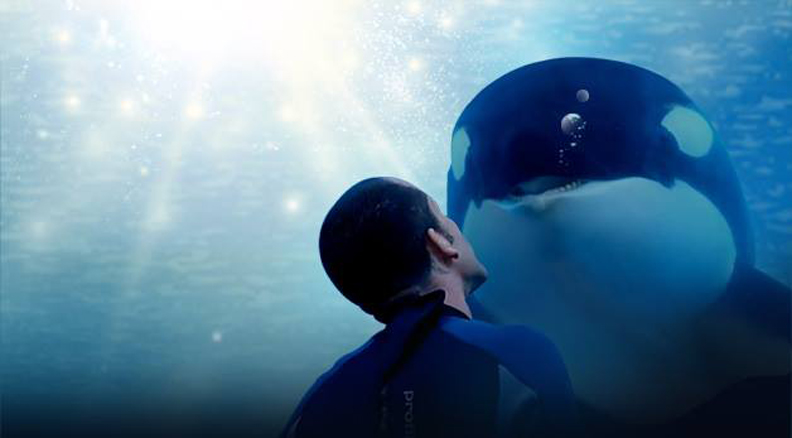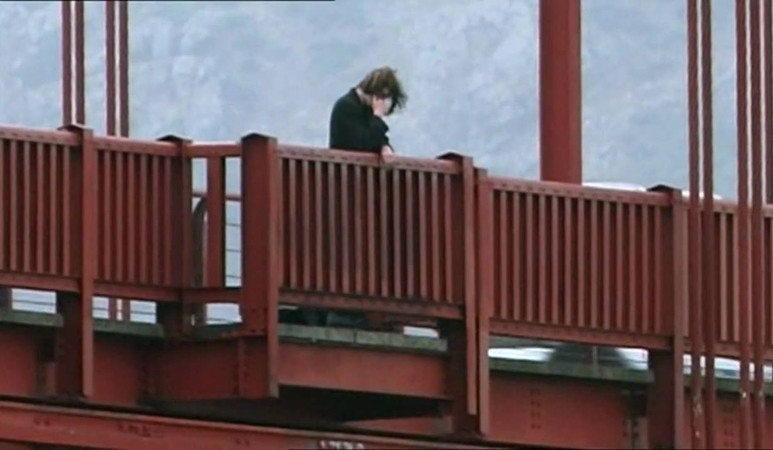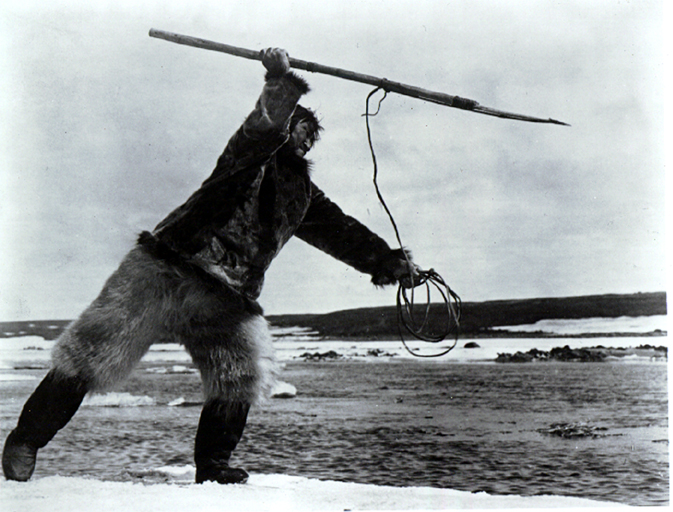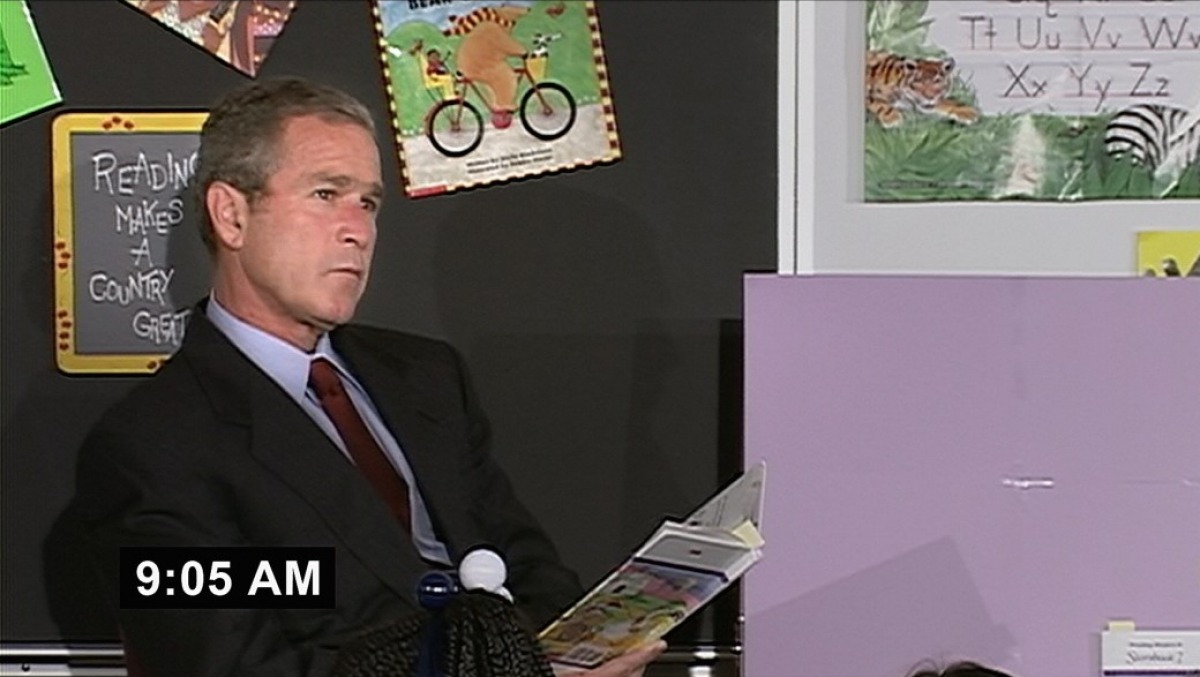The documentary filmmaker has a responsibility towards their audience. In their roles they are perceived as the advocates of truth, they are expected to reveal hidden secrets and tell their story as accurately as possible. At the same time however, a documentary filmmaker has to face the challenge of keeping objective distance from their subject, which, on many occasions, proves more difficult than it may seem.
The relationship between film and reality has been a recurring topic of since the early age of cinema. André Bazin for instance makes a distinction between two kinds of filmmakers; defining one group as those who “put their faith in the image” and the other as those “who put their faith in reality”.
Since the camera is only capable to record a reflection of the reality, it is through editing where the director can try and get this image as close to reality as possible. Inevitably though, the filmmaker themselves have an opinion on their subject, which will have an effect on the final product. The most difficult task for a documentary filmmaker is to find the balance between objective reality and relating their subjective opinion to their audience.
This list tries to give example of a number of the issues a documentary filmmaker has to face, such as the elementary question of whether something should or should not be filmed as exemplified by Catfish. Other films, such as Grizzly Man, Amy and Searching for Sugarman, relate to the issue when the filmmaker’s persona is strongly present in the film, affecting its objectivity; while Blackfish touches on the problems and ethical questions of filming wild animals.
Providing topic for debates and receiving some criticism, it should be noted though, that these films are from the cream of the genre, excellent documentaries that managed to relate their story to the audience in a highly engaging way, and by doing so, a number of them succeeded in raising public awareness.
10. Catfish (Ariel Schulman; Henry Joost, 2010)
In the digital age anyone can make a film. Most people have a device, which is capable of recording moving images; hence often the most simple, everyday situations of our lives become the topic of someone’s amateur film. But who wants to become a subject of someone’s story without their knowledge?
Catfish kicks off as an innocent semi-home video: Ariel and Henry, the two young filmmakers turn their camera on Nev, Ariel’s brother, and start recording his curious online relationship with a little girl, Abbie. Their impromptu film appears to be made simply to kill boredom and slightly annoy Nev.
However, Nev is not entirely against the camera: his initial shyness gets subdued by narcissism when he becomes acquainted with Abbie’s attractive older sister, Megan, and they start an online relationship. Whereas Nev has the chance to deny or accept the presence of the camera in his private life, Abbie’s family do not. The filmmakers of Catfish record their life as presented on Facebook, their phone conversations and texts, exposing them to judgement and criticism without their knowledge.
This exploitation gets even more enhanced and questionable when the three men head off for Michigan to visit Megan… A dark surprise is awaiting them there, which they are recording with hidden cameras, turning the documentary into a gripping thriller.
Also at the same time they are revealing the darkest secrets of someone’s, victimising this person in front of the camera by dramatizing their life. Catfish plays on the dirty pleasure of voyeurism that Big Brother capitalises on so well, except this is real life, which makes it even more controversial.
9. The Bridge (Eric Steel, 2006)
In 2004 Eric Steel continuously recorded the Golden Gate Bridge over the course of a year in order to film every single suicide. He ended up with over 5,000 hours of raw material and 23 recorded suicides. His film was generally acclaimed; however, it also prompted some criticism.
The fact that the director requested permission for filming from the Golden Gate National Recreation Area for a project capturing how man-made structure and nature cross their ways resulted in strong opposition by the Golden Gate National Recreation Area when it became apparent what the film was about. According to Steel’s statement he had to hide the real topic of his documentary as he would have not gotten approval, and he also wanted to hide this from the public.
Some criticism concerned the film staff observing the suicides instead of trying to intervene. This claim was denied by the crew, who admittedly informed the bridge authority whenever someone showed suicidal signs and there was time to prevent them jumping. Nevertheless, The Bridge is an emotionally shaking movie that revels the dark mystery of this monument, and raises the question why has nothing been done yet to prevent the suicides.
8. Nanook of the North (Robert J. Flaherty, 1922)
With Nanook of the North Flaherty established a new type of documentary film. Focusing on one individual instead of the entire group, Flaherty brings the everyday struggle of Inuit people closer to the audience than any documentary made before Nanook. At the same time, however, he does not work with only genuine footage. Some scenes of Nanook were staged and Flaherty even had some members of the group play certain roles.
Does this make his film less objective? Doing the same today would most probably count as too much intervention, meaning that the documentary filmmaker prioritised their subjective story over the real time situation. One should bear in mind though that at the time of Flaherty there were no set rules for documentary filmmaking and also capturing a specific moment with the rudimentary equipment available at the time often proved to be difficult.
Thus Flaherty’s tampering with real life events primarily served the purpose of depicting events that he might have witnessed whilst living with the Inuit but was not able to capture on camera, and just secondarily did he use staged scenes in order to dramatize the story of Nanook.
7. Amy (Asif Kapadia, 2015)
Asif Kapadia assembled his film from the material of 100 interviews and a rich collection of original footage of Amy Winehouse. Every frame of the film is real, either from the life of the singer or of the interviewees.
There is no external narrator, yet, Amy has been harshly criticised by some, who thought that it victimises the late singer and incriminates the father. Mitch Winehouse was the loudest to attack the film, saying that it magnifies his role in the death of Amy. But also the singer’s ex-boyfriend, Reg Traviss, complained that the movie gives a false picture of Amy’s last months.
Amy is a typical example what risks are awaiting the documentary filmmaker at the stage of editing. Even with a film that consists of factual scenes, when the filmmakers make their decision to include some scenes and discard some others they inevitably create an alternative version of the story. Asif Kapadia implied his reading of Amy’s life on the documentary he made, which does not necessarily comply with that of everyone.
6. Fahrenheit 9/11 (Michael Moore, 2014)
Michael Moore’s documentary, discussing the aftermath of the 9/11 terrorist attack, received equal amount of praise and criticism. While in Cannes critics regarded it as a political statement in criticism of Bush, in America it was criticised for going too far and attempting to demoralise the state and plant doubts in people.
Even though it is a prominent role of documentary film to reveal the truth and give access to the story behind the news to people, it is difficult to tell when does a political documentary become demoralising. Although Fahrenheit 9/11 revealed essential truths about the Bush government, it also had the potential to become a handy weapon for anti-Bush campaigners – especially as it was released so close to the elections. Moore did not keep the necessary distance from his topic too.





